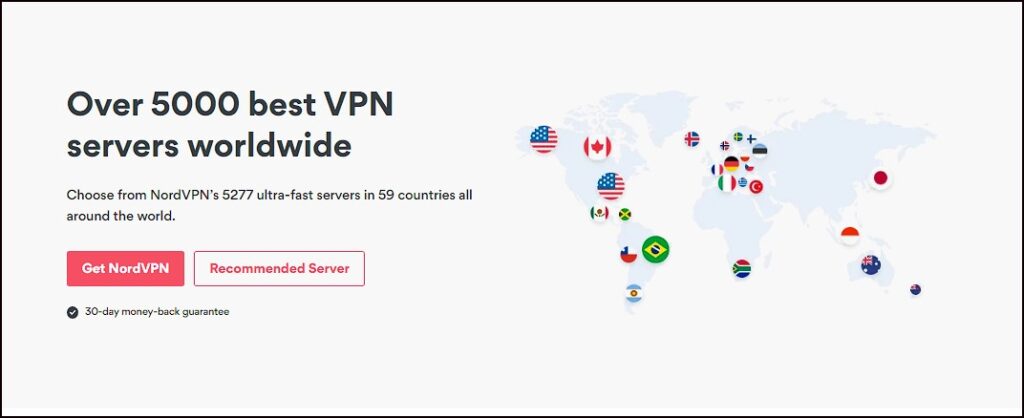The best VPN for Mac is essential to bypass filters and firewalls put in place by the government or private organizations. If you are looking for the best VPN for macOS, then you have come to the right place. Here you will get all the information related to top rated VPN’s that work on Mac OS. We have listed down some of the features offered by different VPN’s so that it becomes easier for you to choose the right one.
What is a VPN?
A VPN, or Virtual Private Network, is a type of software that allows you to change your IP address and encrypt your internet connection. This makes it difficult for anyone to track your online activity or hack into your personal information. A VPN is also a great way to unblock websites that may be blocked in your country.

Different Types of VPNs
-OpenVPN: OpenVPN is the most common type of VPN. It uses a software program to create a secure, encrypted connection between your computer and the VPN server.
-PPTP: PPTP is another common type of VPN. It uses a Point-to-Point Tunneling Protocol (PPTP) to create a secure, encrypted connection between your computer and the VPN server.
-L2TP/IPsec: L2TP/IPsec is a more advanced type of VPN that uses Layer 2 Tunneling Protocol (L2TP) in conjunction with IPsec to create a secure, encrypted connection between your computer and the VPN server.
Pros and Cons of VPNs
There are a number of pros and cons to using VPNs. On the plus side, VPNs can be used to unblock websites that may be blocked in your country. Additionally, VPNs can be used to encrypt your traffic, which can protect your privacy. Finally, VPNs can be used to bypass censorship filters.
On the downside, however, VPNs can slow down your internet connection. Additionally, some VPN providers keep logs of user activity, which could potentially be accessed by third-parties. Finally, using a VPN could put you at risk of being infected with malware or other malicious software.
Mac OS Protocols for VPNs
There are a few different ways to set up a VPN on your Mac, but we’ll focus on the two most common protocols: PPTP and L2TP/IPSec.
PPTP is the simplest to set up, and is built into most versions of macOS. To set up a PPTP connection, you’ll need the following:
The IP address or domain name of the server you want to connect to
Your username and password
L2TP/IPSec is more secure than PPTP, but can be a bit more tricky to set up. You’ll need the following:
The IP address or domain name of the server you want to connect to
A shared secret (usually provided by your VPN provider)
Your username and password
To set up an L2TP/IPSec connection, open System Preferences > Network. Click the “+” button in the bottom left-hand corner, and select “VPN” as the interface type. Choose “L2TP over IPSec” from the Protocol menu. Enter the following information:
Service Name: This can be anything you want, it’s just for reference within System Preferences.
Server Address: The IP address or domain name of the server you want to connect to
Account Name: Your username
Password: Your password
Shared Secret: The shared secret provided by your VPN provider
Once you’ve entered
Alternatives to a VPN
A Virtual Private Network (VPN) is a great tool for unblocking websites on a Mac. However, there are a few alternatives to using a VPN that may be more suitable for your needs.
One alternative to using a VPN is to use a proxy server. A proxy server allows you to route your traffic through another server, which can help you bypass restrictions set by your ISP or government. However, proxy servers are often less reliable than VPNs, and they may not offer the same level of privacy and security.
Another alternative is to use Tor, which is a free software that routes your traffic through multiple different servers before it reaches its destination. This makes it very difficult for anyone to track your activity or block your access to certain websites. However, Tor can be slow and unreliable, and it is not recommended for streaming video or downloading large files.
Finally, you could try using a Smart DNS service. This service re-routes your DNS requests through a different server in order to bypass restrictions set by your ISP or government. However, like proxies, Smart DNS services are often less reliable than VPNs and they may not offer the same level of privacy and security.
Conclusion
If you’re looking for the best VPN for Mac OS to unblock websites, we hope this article has helped you out. We’ve gathered together a list of the best options out there, so all you need to do is choose the one that’s right for you. With a VPN, you’ll be able to unblock any website and surf the web anonymously and securely. So what are you waiting for? Get started today!